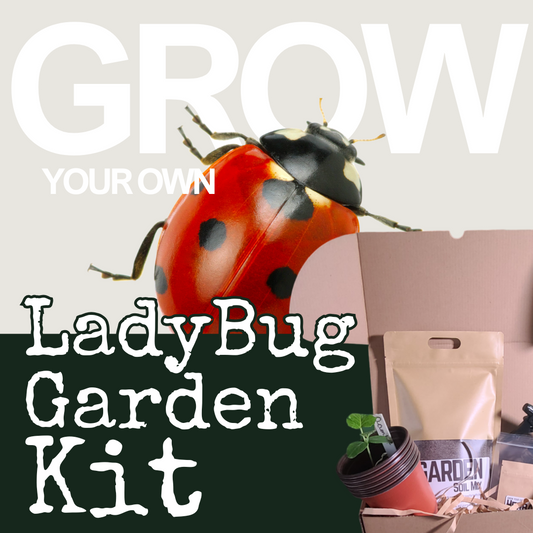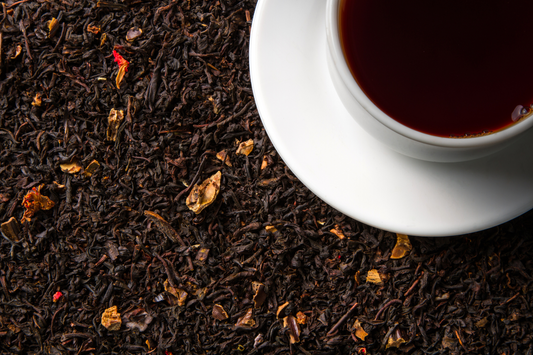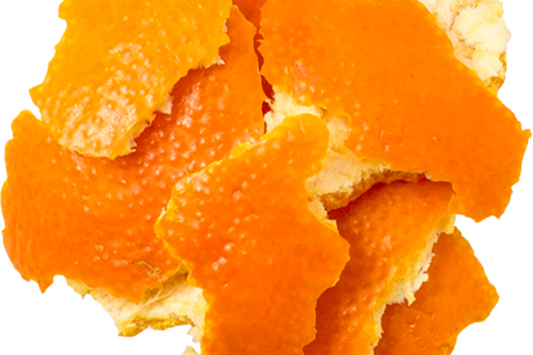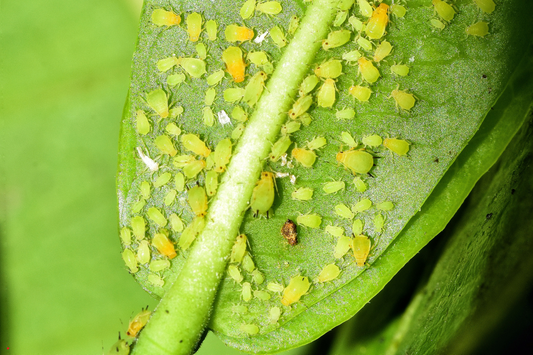If you're growing in containers or raised beds, should you start your seeds indoors or plant them directly outside? The answer depends on your climate, growing season, and plant type. Some plants thrive with an early indoor start, while others do best when sown straight into your containers or raised beds.
Starting Seeds Indoors: Getting a Head Start
For warm-weather crops like peppers, tomatoes, and eggplants, starting indoors gives them a much-needed start on the season. Since these plants take longer to grow, an indoor start ensures they’re strong and ready to thrive in your raised beds or containers once the weather warms up.
What You’ll Need for Indoor Seed Starting:

Plenty of Light: Seedlings need 12–16 hours of light daily to prevent weak, leggy growth. A sunny window works, but grow lights ensure strong, healthy plants.
Well-Draining Soil Mix: A lightweight seed-starting mix helps roots develop without compacting.
Seed Trays or Small Pots: Makes transplanting into your containers or raised beds easier.
Labels: Avoid mix-ups by labeling your seedlings.
Starting indoors is especially helpful if you have a short growing season, it ensures your crops mature before fall frost arrives.
Starting Seeds Outdoors in Containers & Raised Beds: Timing it Right
Raised beds and containers warm up faster than in-ground soil in spring, making them an ideal place to direct-sow cold-hardy crops. If your last frost has passed, planting seeds directly in raised beds or containers eliminates extra transplanting steps and gets plants growing faster in their final spot.
Best Seeds to Start Outdoors:

- Cold-Hardy Crops: Kale, spinach, and peas can be planted before the last frost since they can tolerate light frost.
- Root Vegetables: Carrots, radishes, and beets don’t transplant well, so they should be directly sown into your raised beds or containers.
- Fast-Growing Warm Weather Crops: Cucumbers, beans, and zucchini should be planted after the last frost when the soil is warm enough for germination.
Transplanting Indoor Plants Outdoors

How to Harden Off Seedlings:
- Start slow: Place seedlings outside for a couple of hours a day in a sheltered area.
- Increase time gradually: Each day, leave them outside a little longer over the course of a week.
- Choose a transition spot: A mini greenhouse, covered patio, or shaded outdoor shelf helps seedlings adjust before going into full sun.
Key Takeaways
- If you have a short growing season, starting seeds indoors ensures crops mature before fall frost.
- If your weather allows, starting seeds outdoors can simplify the gardening process and eliminate extra steps. But if your season is shorter, don't let that discourage you.
- Don't let the process of starting seeds indoors overwhelm you, remember to take your time and don’t overdo it.
- Raised beds and containers warm up faster in spring, speeding up germination and early plant growth, which can give plants started outdoors a stronger start.
Container Gardening Seed-Starting Checklist
- Check your last frost date
- Choose the right seeds for indoor or outdoor starting
- Use a well-draining soil mix
- Provide plenty of light (sunny window or grow lights)
- Label your seedlings to stay organized
- Harden off before transplanting into raised beds or containers
Shop the products featured in this post!
Do What Works Best for You!
Gardening isn’t one-size-fits-all. If you’re starting late or can’t follow frost dates exactly, don’t stress. Containers and raised beds give you flexibility, and there’s always a way to make it work.
What’s your go-to seed-starting method? Let us know in the comments.









